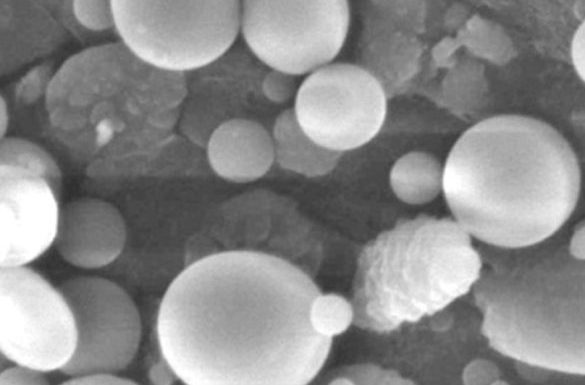
ABSTRACT
Background: Favipiravir has a low bioavailability, a fast elimination molecule, and severe gastrointestinal side effects. The bioavailability followed by therapeutic efficacy could be improving by sustained release formulation such as nanoparticle. The anti-viral drug favipiravir is made of nanoparticle matrixes through solvent evaporation. Materials and Methods: In this study, the Box-Behnken design with three factors and three levels was heavily utilised to optimise parameters like concentration of polymer (A), sonication frequency (B), and time of sonication (C). Particle size, practical yield, and entrapment effectiveness were three dependent variables that were measured as responses. The independent as well as dependent variables were related using mathematical equations and response surface plots. Results: The designed model formula has a particle size of 343.14 nm, entrapment efficiency of 83.74 percent, and a practical yield of 85.39 percent with respective A, B, and C levels of 750, 37.5, and 40. The results of the observed responses were very similar to those expected by the process that had been optimised. Morphological analysis, and In vitro release study was used to characterise the prepared nanoparticle. Until 24 hr later, the prepared nanoparticle demonstrated good sustained drug release. Conclusion: The factorial design allows large-scale favipiravir nanoparticle synthesis with homogeneous particle size distribution, excellent entrapment efficiency, and practical yield.
